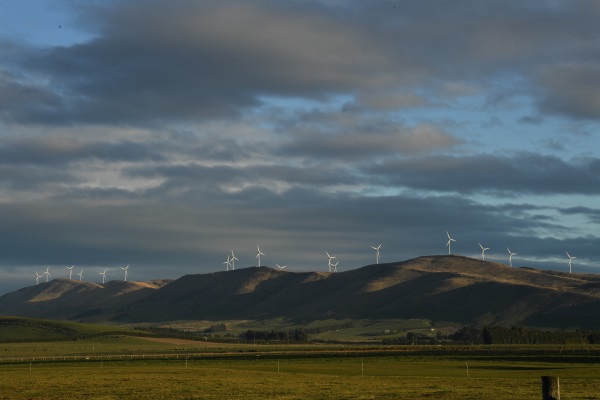Q’town’s power issues akin to Auckland; risks 2030 net-zero target
A top official’s warning Queenstown is ‘‘staring down the barrel‘‘ of a blackout, similar to Auckland’s disastrous five-week power outage, in 1998, due to restrictive local planning codes.
Infrastructure Commission chief executive Ross Copland took aim at Queenstown council’s planning regime at Environmental Defence Society’s (EDS) annual conference in Auckland last week.
According to Energy News, Queenstown Lakes District Council’s 29 landscape schedules make it virtually impossible to build any community-scale generation.
It’s understood he means wind farms, in particular.
And those schedules would make it very hard to build new transmission to complement the single set of towers supplying Queenstown.
He was referring to the resort’s total reliance on a single row of pylons between Cromwell and Frankton.
‘‘This in turn,’’ Energy News reports him saying, indirectly, ‘‘will make it challenging to deliver the electrification of transport that the region’s tourism strategy will rely on to meet its 2030 net-zero targets.’’
Energy News also quotes Auckland landscape planning specialist Stephen Brown, who sat on the same EDS panel as Copland.
Brown reportedly said the Queenstown example should be ‘‘quite salutary’’ in showing what can result from highly-legalistic Resource Management Act processes which are poor at delivering considered outcomes.
In a lot of countries, he said people accept wind farms degrade the environment, but locals and visitors accept them as responsible global citizens.
Theelen not sorry for environmental focus
Brown tells Mountain Scene: ‘‘By and large, studies that have been undertaken in Europe, especially, have shown people sort of accept wind farms being in quite a range of places [including] places of significant beauty.
‘‘It doesn’t mean we always feel comfortable with them … but there is a degree of support for them that perhaps you certainly wouldn’t find for an industrial development or some other kind, for instance.’’
Commenting on Copland’s view on the proposed district plan, local Vivian + Espie planner Carey Vivian says the landscape schedules only apply to the valley floor, ‘‘where it is unlikely community-scaled wind electricity generation would occur’’.
In the rural zone, however, wind farms are a controlled activity, meaning council can’t refuse them, provided, among other things, they’re not within an ‘outstanding natural landscape or feature’ (ONLF) area.
But, Vivian notes, 95% of the rural area is classified as ONLF.
As a result, small or community-scaled wind generation may be refused on landscape or visual grounds.
Local council boss Mike Theelen says in his view there’s been an historical under-investment into power transmission to support the district’s development — ‘‘we’ve always been at the fragile end of that’’.

He accepts any upgrade will invariably run into ‘outstanding natural landscape’, but makes no apology for this — ‘‘for Queenstown-Lakes, our natural environment is our most strategic asset and our most strategic, comparative advantage.
‘‘There’s also another aspect that says, over time, we should be growing more localised energy sources … the use of solar, the use of small micro-generation, the use of battery technology …’’
However the other aspect, Theelen says, is the government’s looking to introduce a national policy framework on infrastructure, ‘‘which might end up overriding or modifying what local communities are able to do about protecting it’’.
He says the issue of the fragility of the main powerline into Queenstown is Copland’s ‘‘favourite go-to’’.
‘‘But it’s about, you know, how do you balance the needs of infrastructure, to deliver good outcome versus some of the other values councils and communities want to try and address?’’




